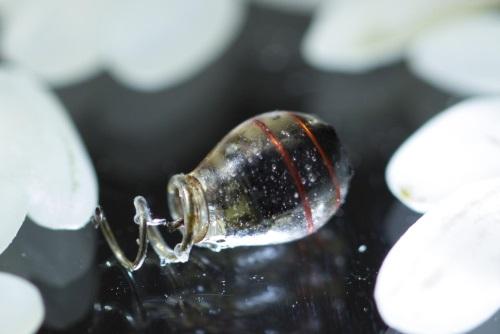Wireless power breakthrough could spark new generation of medical implants
New mechanism the size of a grain of rice (above) does away with the need for bulky batteries to power pacemakers and more

A new mechanism for wirelessly powering electronics embedded deep within the body could lead to a range of new treatments, from tackling Parkinson’s to automatically administering drugs to patients.
Developed by electrical engineers at Stanford University, the new technique of “mid-field wireless transfer” eliminates the difficulties facing electronic implant.
Currently, devices either receive power from a battery embedded in the body or from near-field wireless transfer, a powering mechanism seen in some electric toothbrushes.
Unfortunately, batteries can be invasive for patients and near-field wireless power can only penetrate deep enough into tissue to be used for implants located just under the skin.
The new technique of mid-field wireless powering overcomes these problems by creating an electromagnetic wave that travels through the flesh without being absorbed or dispersed. The receiving mechanism, known as a “power harvesting coil,” is no bigger than a grain of rice, while the power source is flat and the size of a credit card.
"We need to make these devices as small as possible to more easily implant them deep in the body and create new ways to treat illness and alleviate pain," said lead engineer Ada Poon, who published her discovery in May 19 in the Proceedings of the National Academy of Science, in a press release.
Poon hopes that her work will lead to a new generation of implantable electronic treatments, known as electroceuticals. Previously these have been used to treat chronic conditions such as Parksinson’s and depression through deep brain stimulation, and have also been used as biosensors and automatic drug dispensers.
"To make electroceuticals practical, devices must be miniaturized, and ways must be found to power them wirelessly, deep in the brain, many centimeters from the surface," said Newsome, the Harman Family Provostial Professor and professor of neurobiology at Stanford.
"The Poon lab has solved a significant piece of the puzzle for safely powering implantable microdevices, paving the way for new innovation in this field,” he added.
The mid-field wireless power mechanism has been tested in both a pig and rabbit, with the latter outfitted with a miniature pacemaker. Tests in human subjects will be next, with use of the technology in regular medical procedures many years off.
Join our commenting forum
Join thought-provoking conversations, follow other Independent readers and see their replies
0Comments